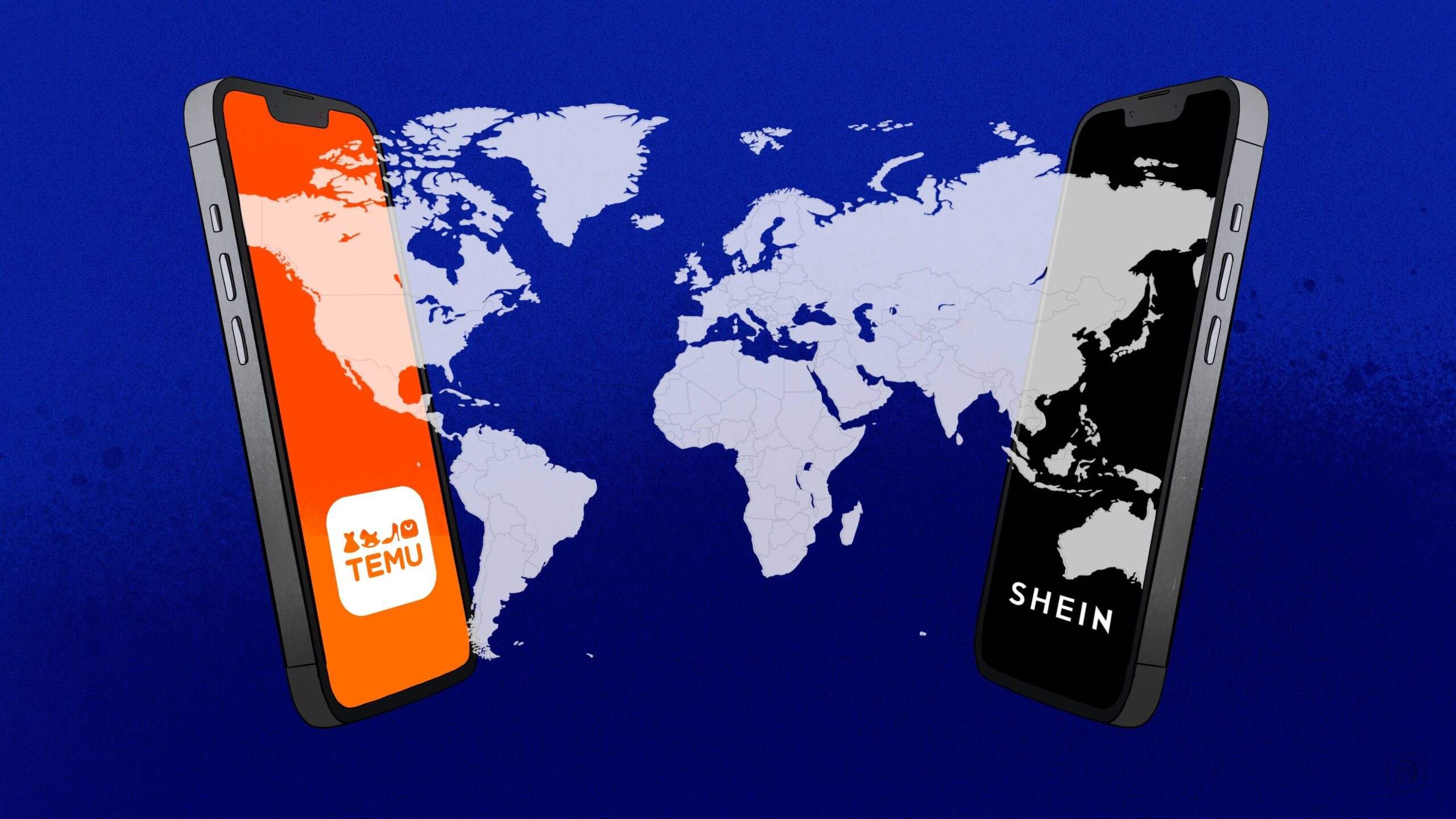Temu and Shein have made their mark in the ever-changing landscape of giants in the e-commerce industry as two contenders for the top spot when it comes to affordability and popularity. Both companies are known for their rapid rise and popularity as low-cost products. As with any comparison, it’s crucial to study the nuances of their business models in order to be able to determine if Temu is comparable to Shein or if they’re distinct two players in the realm of e-commerce.
The rise of temu, and shein
Temu’s ascent to prominence has certainly drawn parallels to the success story of Shein. Both have seen exponential growth and have caught the attention of consumers who value their money. The attraction of these items lies in their affordability, which allows consumers to stay fashionable and not go broke. This has led many to wonder: are Temu and Shein both made of the same cloth?

Similarities and differences
Temu shares the same traits like Shein in offering products that are pocket-friendly However, they’re far from being mirror images. Temu stands out with its innovative Next Gen Manufacturing model that delivers significant cost savings in various product categories. This model utilizes cutting-edge manufacturing techniques to streamline manufacturing processes. It helps reduce the cost of overhead, and then passes the savings on to customers.
Shein, on the other hand has gained a reputation for being a fast-fashion brand that focuses on clothing and accessories. Its appeal is in keeping up with the most recent trends in fashion and providing many options to meet the needs of different fashion tastes. Shein has managed to stand out by the focus being on fashion, accessories and beauty. For more information, click Shein vs Temu
Models of business in the spotlight
Temu’s Next-Gen Manufacturing model deserves a closer look. Temu optimizes supply chain and manufacturing by leveraging advanced technologies such as data analytics and AI-driven insight. They are able to maintain the quality of their products and cut costs for production. Temu has a variety of goods at low costs in various categories ranging from electronics to home goods. They’re also different from Shein who focuses on fashion and its derivatives.
Shein has a wide selection of fashion styles, but the business model of Shein is based on the constant update of its inventory in order to adapt to the ever-changing fashion preferences. This means that the manufacturing, design and distribution cycles, need to be fast. This is definitely a reason for its popularity with young consumers who are searching for stylish items at reasonable cost.
Ownership is crucial
One topic that has created interest is whether Temu is part of Shein. This idea is erroneous. Temu is an independent entity that has a distinct ownership structure. Temu is an individual player in the realm of e-commerce, that is focused on its unique manufacturing approach, while Shein is an individual brand that is recognized for its fashion-forward offerings.
The takeaway
It’s not difficult to draw parallels in the turbulent seas of ecommerce among companies who have similar growth routes. Temu’s and Shein’s story shows that, despite the similarities however, their differences are significant. Their different approaches to production, business and focus on market highlight their distinctness.
Temu’s Next Gen Manufacturing model is an example of innovation in the e-commerce industry. Temu uses technology to optimize its processes. This doesn’t just lower costs, but also increases the affordability of a variety of product categories. However, Shein’s dedication to fashion trends and quick production rates ensure its position as a leading player within the fashion e-commerce market.
Temu’s contrast with Shein highlights the differences between the two companies in the realm of e-commerce. Although both companies serve those who value their money Their strategies and business plans as well their areas of expertise are drastically different. Temu’s manufacturing expertise and Shein fashion-forward finesse demonstrate the diversity within the ecommerce ecosystem. As consumers and online shoppers allow us to appreciate the uniqueness of each platform, and discover the growing world of shopping online.